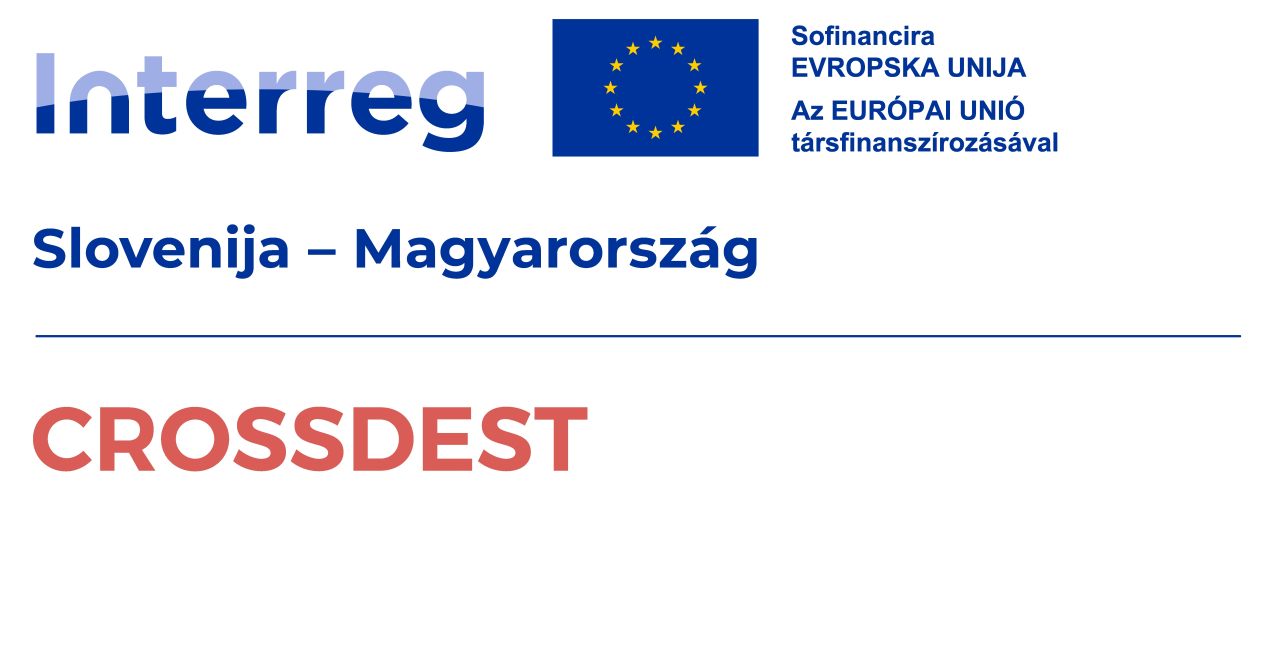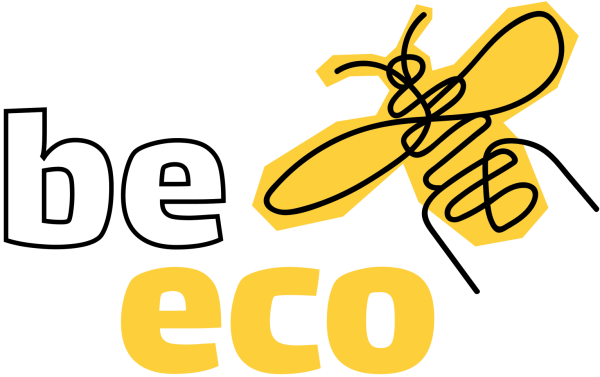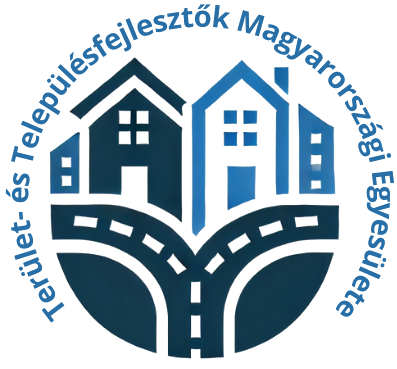-

Photo: https://visitciumani.ro -

Photo: https://visitciumani.ro -

Photo: https://visitciumani.ro -

Photo: https://visitciumani.ro -

Photo: https://visitciumani.ro










Csomafalva
Gyergyócsomafalva (in Romanian: Ciumani) is a Székely village with nearly 5,000 inhabitants, located in the northern part of Harghita County, in the Gyergyó Basin. It lies in the valley of the Maros River, surrounded by the mountain ranges of the Eastern Carpathians. The village is an integral part of the social and economic fabric of Székely Land, thanks to its traditional rural lifestyle, forestry, and cultural heritage. The settlement is characterised by scattered homesteads, traditional Székely houses, carved gates, and stone crosses. The Roman Catholic church in the village centre, built in the 18th century in Baroque style, dominates the village landscape with its tower visible from afar. The village also lives through the world of legends: locals tell the story of the "Aranyász" forest, where gold was once sought – though it later turned out to be a uranium deposit, with the yellowish spring water giving rise to the tale. The legend of the "Várkő" or Jerika Rock is a highlight for the community: according to the myth, a tyrannical leader, Álmos, and his wife, Jerika, oppressed their own people. Jerika sacrificed her son, but guilt and the community's protest ultimately led to Jerika and Álmos turning into rocks – the Várkő and Jerika Rock can still be seen nearby. Traditionally, the village's economy has been dominated by the forestry and wood-processing industries, shepherding, and the increasingly popular rural tourism. Locals proudly preserve their traditions: folk costumes are still worn, community celebrations, dance houses, and craft programmes are frequent. Gyergyócsomafalva is an excellent starting point for exploring the Gyergyó Mountains, the Görgény Mountains, or the Bicaz Gorge–Nagy-Hagymás National Park. The trails, lookouts, and springs along the Maros River offer peaceful experiences for both hikers and nature photographers. In winter, the landscape is also suitable for cross-country skiing and winter hikes. The village is accessible by both rail (from Gyergyószentmiklós) and road. Guesthouses and chalets in the village offer authentic hospitality, often featuring homemade meals and local products. Gyergyócsomafalva is for those seeking the true face of Székely Land – a place where nature and tradition are not museum exhibits but a living reality.
Arrival
- Walk
- Horseback
- Bike
- Electric bicycle
- Bus (rented for the trip)
- Motorcycle
- Car
Public transport
- bus
Parking information
- Free outdoor parking available
Sustainability level
Topic 1: Destination Management 52%
- Visitor management: 60%
- Commitment and organization: 0%
- Design & development: 50%
- Monitoring and reporting: 50%
- Legal and ethical compliance: 100%
Topic 2: Nature and landscape 90%
- Nature and wildlife protection: 100%
- Nature and conservation: 80%
Topic 3: Environment and climate 43%
- Land use and pollution: 67%
- Water management: 40%
- Energy, sustainable mobility and climate change: 0%
- Adaptation to climate change: 50%
- Waste and recycling: 60%
Topic 4: Culture and traditions 100%
- Cultural heritage: 100%
- People and traditions: 100%
Topic 5: Social Welfare 56%
- Health and safety: 100%
- Local economy: 20%
- Socio-economic impacts: 0%
- Community participation: 75%
- Human dignity: 86%
Topic 6: Business and Communication 67%
- Business participation: 33%
- Information and marketing: 100%


